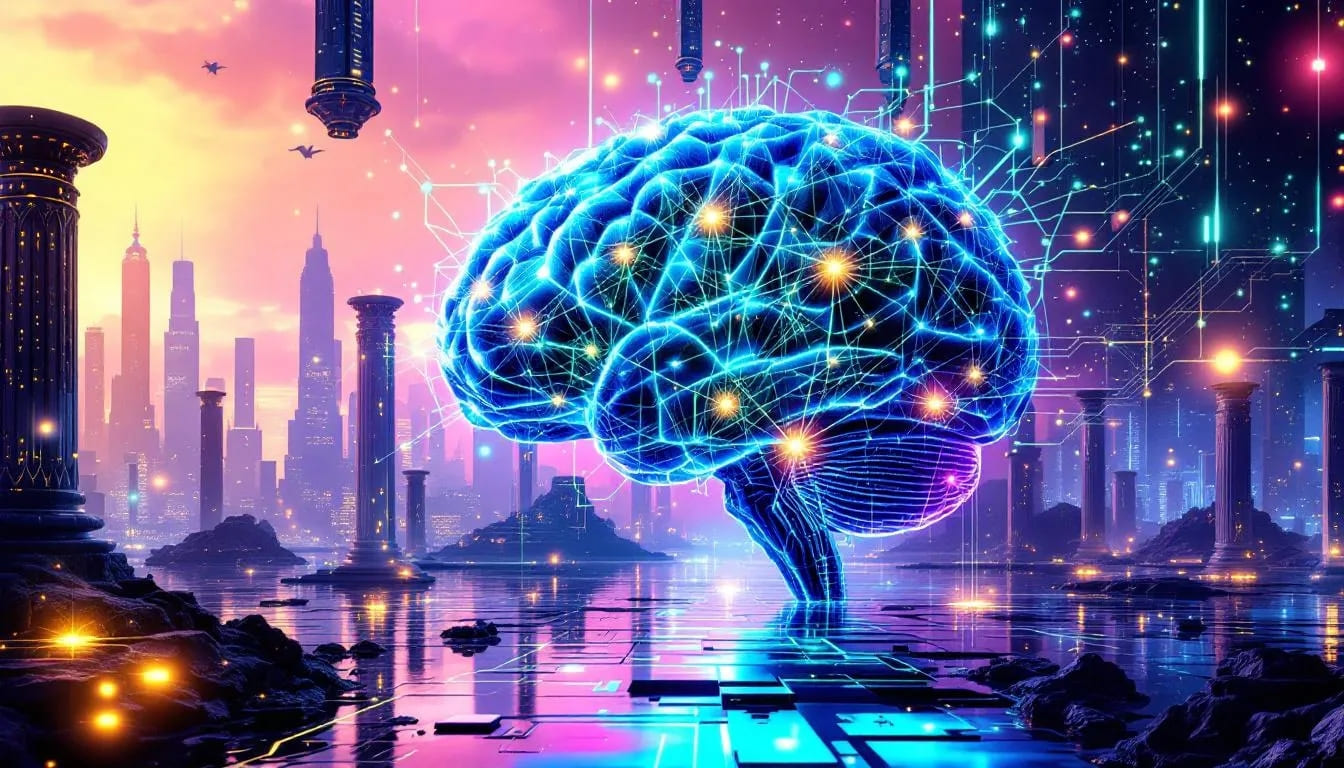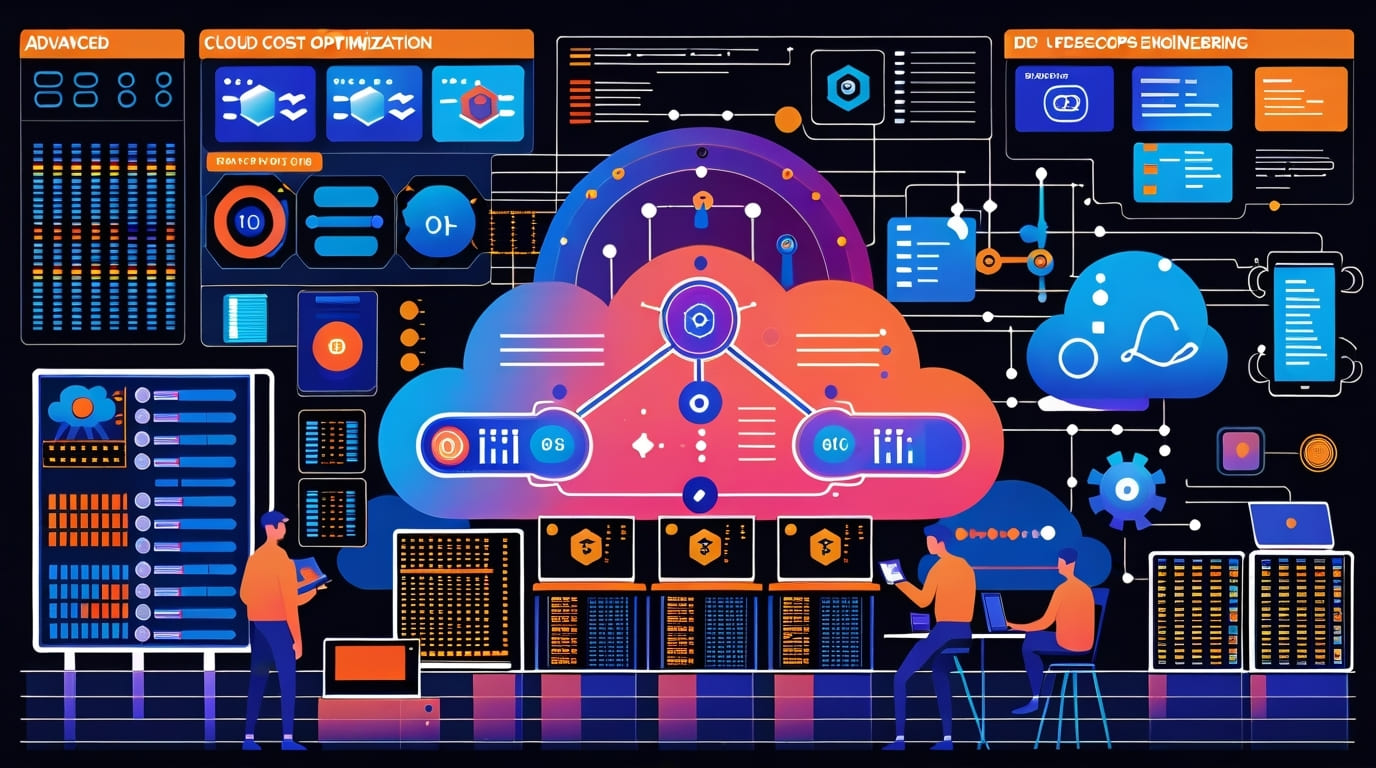Struggling with clunky, unreliable chatbots that fail to deliver real value? You’re not alone. Enterprises worldwide crave AI assistants that genuinely understand their users, offering responses that feel human and contextually relevant. Unfortunately, many off-the-shelf chatbot solutions fall short—often generating repetitive, shallow, or erroneous replies that frustrate customers instead of helping them.
Enter GPT chatbots—advanced conversational AI models designed to transform enterprise AI assistants. Through smarter, context-aware interactions, these models can scale effortlessly, engaging users meaningfully across complex queries and workflows.
In this post, we’ll explore the core technologies behind enterprise-grade GPT chatbots, focusing on Retrieval-Augmented Generation (RAG) and fine-tuned large language models (LLMs). You’ll learn how combining these innovations enables deployment of AI assistants that are accurate, scalable, and flexible enough to handle diverse enterprise needs.
Understanding RAG (Retrieval-Augmented Generation) in GPT Chatbots
At the heart of smarter GPT chatbots lies RAG, or Retrieval-Augmented Generation. This technology enhances traditional GPT models by combining a retrieval system with generative language models, enabling chatbots to provide more accurate and contextually relevant responses.
What is RAG?
RAG merges two AI techniques:
- Retrieval: It searches a large external knowledge base or document store to find relevant, up-to-date information related to the user’s query.
- Generation: It generates natural language answers by synthesizing both the retrieved data and the chatbot’s inherent language understanding.
This hybrid approach ensures the chatbot isn’t just guessing based on its training data but is grounding replies in verified, dynamic external sources.
Traditional GPT Generation vs. Retrieval-Augmented Methods
Traditional GPT chatbots solely rely on the model’s internal parameters learned during pretraining. While impressive, this leads to potential issues:
- Hallucinations: The model may generate plausible but factually incorrect information.
- Stale knowledge: The training data can become outdated quickly.
- Limited context: Large or specialized knowledge beyond training may be ignored.
RAG ecosystems bypass these issues by grounding answers in fresh, domain-specific information retrieved on demand.
Benefits of RAG for Enterprises
- Reduced hallucinations: By basing replies on external data, RAG significantly lowers the risk of generating false or irrelevant content.
- Up-to-date knowledge: Enterprises can continuously update their knowledge bases, ensuring chatbots reflect the latest policies, product info, or regulations.
- Better contextual responses: Retrieval brings in nuanced context that enables GPT chatbots to understand and answer complex or multi-faceted queries.
Use-Case Examples
- Customer support: Chatbots access real-time product manuals, FAQs, and troubleshooting guides for accurate technical support.
- Sales enablement: Assistants pull the latest pricing, promotions, and inventory data to advise sales teams in real time.
- HR portals: GPT chatbots retrieve current HR policies or benefits documentation relevant to employee inquiries.
For any enterprise, RAG isn’t just an enhancement—it’s a necessity for building truly reliable AI assistants that scale.
Leveraging Fine-Tuned LLMs for Customized AI Assistants
While base GPT models are powerful, fine-tuning them unlocks a new dimension of customization tailored specifically to enterprise needs.
What Does Fine-Tuning Involve?
Fine-tuning is the process of further training a pre-trained large language model on a specific, curated dataset relevant to the target domain. This involves:
- Dataset creation: Gathering high-quality, domain-specific texts such as company documents, transcripts, technical manuals, and customer interaction logs.
- Iterative training: Running multiple training cycles to adjust the model’s parameters towards the desired behavior, improving understanding of industry jargon, terminology, and user intents.
Improving Intent Recognition and Domain Expertise
Fine-tuned LLMs excel at interpreting specialized language and nuanced intents within a particular industry. This means your GPT chatbots can:
- Understand complex customer requests in finance, healthcare, or retail contexts.
- Generate responses that feel informed and authoritative.
- Reduce ambiguity and misinterpretation by zeroing in on relevant domain knowledge.
Balancing Generalization with Customization
One challenge in fine-tuning is striking the right balance between:
- Generalization: Maintaining GPT’s broad linguistic capabilities.
- Customization: Deepening expertise in specific enterprise topics.
Using methods like few-shot learning alongside fine-tuning allows chatbots to retain versatility while honing domain-specific accuracy.
Industry Examples of Fine-Tuned GPT Chatbots
- Finance: Models trained on regulatory texts, trading data, and compliance documents help chatbots provide precise financial advice or compliance guidance.
- Healthcare: Fine-tuned LLMs understand medical terminologies, patient conditions, and privacy regulations, enabling empathetic and accurate patient interactions.
- Retail: Assistants adept in product specs, inventory status, and promotional offers enhance customer experience and internal workflows.
Fine-tuning is a game-changer for enterprises requiring chatbots that do more than generic conversations—delivering tailored, expert-level assistance every time.
Building Robust Enterprise AI Assistants Using GPT Chatbots
Having explored the core technologies, let’s examine practical steps and best practices for deploying GPT chatbots in enterprise environments.
Integration with Enterprise Software and CRMs
Enterprise AI assistants don’t operate in isolation—they must integrate seamlessly with existing ecosystems including:
- CRM platforms (e.g., Salesforce, Zendesk) to pull and update customer records.
- Help desk software to escalate unresolved issues.
- Internal databases and ERP systems for knowledge retrieval and process automation.
APIs and middleware frameworks enable smooth connectivity, ensuring chatbots serve as true extensions of existing workflows.
Managing Data Privacy and Security Compliance
Handling enterprise data demands strict adherence to privacy laws (GDPR, HIPAA, CCPA) and security protocols:
- Use data encryption both at rest and in transit.
- Limit sensitive data exposure through role-based access control.
- Implement audit trails and monitoring for chatbot interactions.
- Regularly update models to prevent leaking proprietary or personal information.
Balancing innovation with compliance is critical for enterprise trust and adoption.
Continuous Monitoring, Feedback Loops, and Model Updates
Successful deployments are iterative:
- Continuously monitor chatbot performance via analytics dashboards.
- Collect user feedback to identify gaps or misunderstandings.
- Use insights to update fine-tuned models or refresh retrieval datasets.
- Leverage A/B testing to refine conversational flows and responses.
This cycle ensures your AI assistant evolves with changing user needs and business priorities.
Handling Multi-Turn Conversations and Complex Queries
Enterprise interactions are rarely one-off—chatbots must manage:
- Multi-turn dialogues maintaining contextual awareness across multiple exchanges.
- Complex queries involving layered intents or conditional logic.
- Fallback strategies to escalate to human agents seamlessly.
Architecting GPT chatbots with memory management tools and dialogue state tracking is essential for maintaining coherent and satisfying interactions.
Trends and Advanced Tactics for Future-Proof GPT Chatbots
Looking ahead, emerging trends and tactics promise to elevate enterprise GPT chatbots even further.
Combining RAG with Fine-Tuned LLMs for Hybrid Intelligence
The synergy of retrieval-augmented generation and fine-tuned models sets a new standard. Hybrid intelligence takes advantage of:
- RAG’s dynamic knowledge sourcing.
- Fine-tuning’s domain expertise customization.
This combination yields chatbots that stay current and deeply knowledgeable simultaneously.
Leveraging AI Assistants for Proactive Customer Engagement
Enterprises are shifting from reactive to proactive AI assistants that:
- Anticipate customer needs based on behavior patterns.
- Initiate outreach with personalized recommendations or alerts.
- Automate routine tasks before requests arise.
This enhances customer satisfaction and operational efficiency.
Using Analytics to Optimize Chatbot Workflows
Advanced analytics platforms analyze conversation data to:
- Identify friction points or drop-offs.
- Track key metrics like resolution time and customer satisfaction scores.
- Guide continuous optimization of intents and response templates.
Adopting data-driven chatbot management maximizes ROI.
Preparing for Multimodal and Voice-Enabled GPT Chatbots
Future-ready enterprises are exploring:
- Multimodal chatbots combining text, images, and video.
- Voice-enabled assistants facilitating hands-free, natural interaction.
- Integration with IoT and smart devices to create seamless omnichannel experiences.
Staying ahead on these fronts ensures your enterprise chatbot strategy can evolve effortlessly as user expectations and technologies advance.
Conclusion
Enterprise-grade GPT chatbots are no longer a futuristic dream—they’re actively reshaping how businesses connect with customers and employees. By intelligently combining RAG for real-time, accurate information retrieval with fine-tuned LLMs tailored for domain specificity, organizations can deploy AI assistants that are accurate, scalable, and genuinely helpful.
At the intersection of these innovations lies an opportunity: create AI assistants that empower teams, delight customers, and maximize operational efficiency.
WildnetEdge stands out as a trusted partner, expertly guiding enterprises through the complexities of building and deploying GPT chatbots customized to precise business needs. Their solutions blend emerging AI technologies with pragmatic integration strategies, ensuring you’re not just keeping pace but leading the charge into the future of enterprise communication.
Ready to upgrade your AI assistants with enterprise-grade GPT chatbots? Connect with WildnetEdge for a tailored consultation.
FAQs
Q1: What makes GPT chatbots ideal for enterprise AI assistants?
GPT chatbots understand natural language nuances and generate human-like responses, making them ideal for complex enterprise customer interactions that require flexibility and contextual awareness.
Q2: How does RAG improve GPT chatbot performance?
RAG enhances GPT chatbots by retrieving relevant data from dynamic external sources, reducing hallucinations, and ensuring responses are accurate and up-to-date.
Q3: Why is fine-tuning necessary for enterprise chatbot success?
Fine-tuning adapts GPT models to specific industries and enterprise language, improving intent recognition and delivering more relevant, expert-level responses.
Q4: Can GPT chatbots integrate with existing enterprise systems?
Yes, GPT chatbots can seamlessly integrate with CRMs, help desk systems, and other enterprise software to streamline workflows and maintain data consistency.
Q5: What trends should businesses watch for in GPT chatbot development?
Businesses should monitor hybrid models combining RAG and fine-tuning, multimodal capabilities, voice-enabled assistants, and proactive engagement to stay competitive.

Nitin Agarwal is a veteran in custom software development. He is fascinated by how software can turn ideas into real-world solutions. With extensive experience designing scalable and efficient systems, he focuses on creating software that delivers tangible results. Nitin enjoys exploring emerging technologies, taking on challenging projects, and mentoring teams to bring ideas to life. He believes that good software is not just about code; it’s about understanding problems and creating value for users. For him, great software combines thoughtful design, clever engineering, and a clear understanding of the problems it’s meant to solve.
 sales@wildnetedge.com
sales@wildnetedge.com +1 (212) 901 8616
+1 (212) 901 8616 +1 (437) 225-7733
+1 (437) 225-7733































